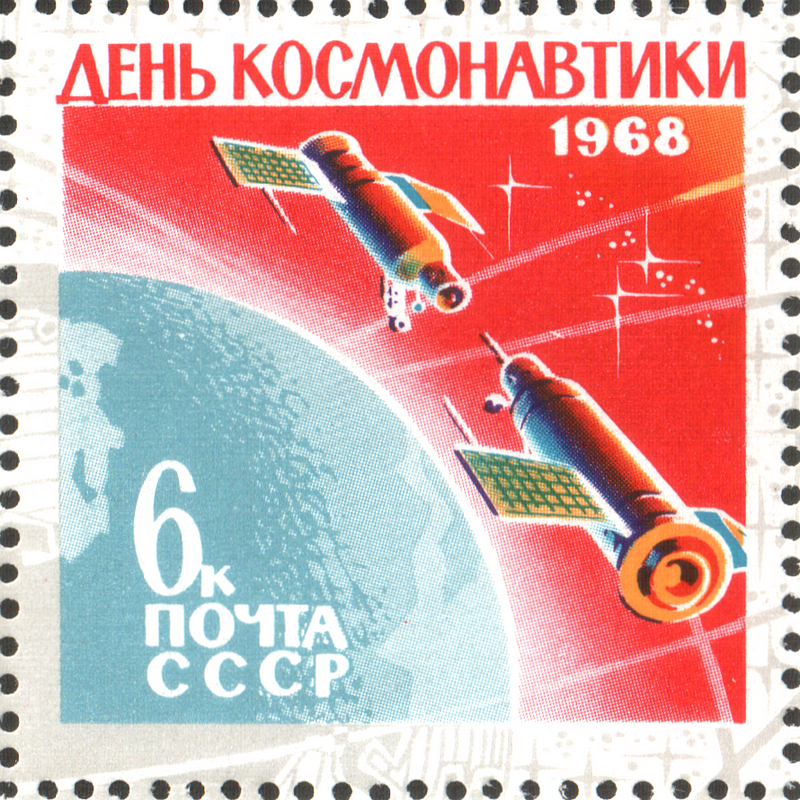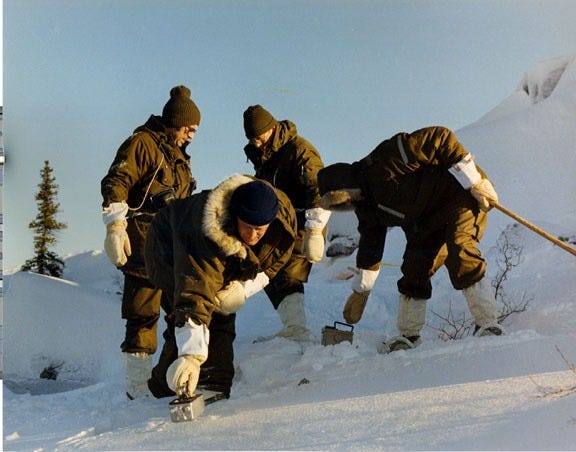An Unforeseen Crisis: The Kosmos 954 Satellite Incident
Written on
Chapter 1: The Launch of Kosmos 954
On September 8, 1977, the Soviet Union launched a Tsyklon-2 rocket from the Baikonur Cosmodrome. This rocket carried a satellite named Kosmos 954, which seemed innocuous at first glance. The USSR had been launching satellites since the 1950s, and such events had ceased to capture the attention of the Western world. The launch proceeded without incident, and most people were unaware of its significance.
However, unbeknownst to the public, Kosmos 954 was equipped with a small nuclear reactor intended to power the satellite as it orbited Earth for many years. This reactor relied on over 100 pounds of uranium-235, essential for the satellite's radar capabilities that tracked maritime vessels. While the launch itself was routine, the substantial amount of enriched uranium onboard would soon lead to severe complications.
Section 1.1: Orbital Issues
Kosmos satellites were designed for long-term operations, ideally lasting decades in orbit. Unfortunately, Kosmos 954 lasted only about two months before its orbit began to destabilize. By December, it was clear that the satellite was in trouble, with NORAD reporting significant deviations from its intended path—over 50 miles in some instances.
The Soviet operators attempted to regain control, but their efforts were in vain. They ultimately had to inform NORAD that they had lost command of the satellite. More alarming was the admission that the safety mechanism intended to eject the nuclear reactor in emergencies had failed, leaving a significant amount of uranium-235 in an uncontrolled situation.
Subsection 1.1.1: The Threat of Reentry

By late December 1977, both the U.S. and the USSR recognized that Kosmos 954 was on a collision course with Earth, carrying hazardous radioactive material. This situation created a potential crisis, as large urban areas could be exposed to radioactive debris without warning.
Scenarios were run using current orbital data, highlighting the risk of the satellite impacting heavily populated regions from Seattle to New York City. The situation necessitated careful management to avert public panic while equipping local authorities for a possible disaster.
The satellite ultimately reentered the atmosphere on January 24, 1978, over northern Canada. It broke apart farther north than anticipated, sparing major urban centers from catastrophe. Although Soviet officials declared the satellite had been completely destroyed upon reentry, NORAD maintained that it had survived and released radioactive materials over a vast area.
Chapter 2: Operation Morning Light
The video titled Experts raise alarm: Could flood waters cause a uranium disaster in Russia? | DW News explores the potential implications of uranium contamination in various scenarios, drawing parallels to historical incidents like Kosmos 954.

In response to the satellite's reentry, a recovery operation, dubbed Operation Morning Light, was initiated on the same day. Covering over 48,000 square miles of Northern Canada, the mission sought to locate and retrieve debris from Kosmos 954. Contrary to Soviet claims, the cleanup teams discovered numerous identifiable fragments, with ten out of twelve pieces found to be radioactive. One fragment posed such a high radiation level that it could have been lethal to a person within hours.
The operation involved both aerial surveillance and ground teams braving the harsh Canadian winter. According to the 1972 Space Liability Convention, the USSR was responsible for the cleanup costs, which totaled approximately $6 million. Ultimately, the Soviets paid half of this amount.
Section 2.1: The Aftermath

While there were no casualties from the Kosmos 954 incident, it underscored the inherent dangers associated with nuclear materials in space and the ongoing threat posed by space debris.
Interestingly, two other Kosmos satellites have since failed, releasing their nuclear cores into the ocean rather than onto land. In 1973, one core landed in waters north of Japan, while another fell into the South Atlantic in 1983. Nowadays, satellites avoid carrying nuclear materials, relying instead on solar panels and batteries for energy.
Section 2.2: A Cautionary Tale

Despite the Kosmos 954 incident fading from public memory, it remains a notable example of the Cold War era, illustrating the intersection of fraught international relations, technological challenges, and the dangers of nuclear power. The legacy of this event serves as a reminder of the hidden risks associated with space exploration and the responsibilities that come with it.